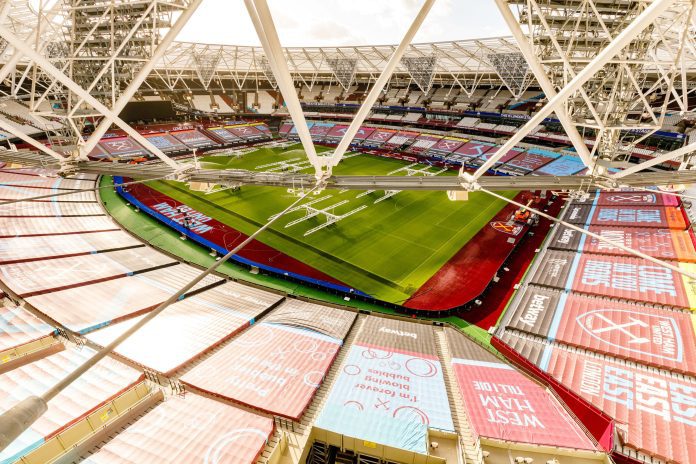Abanca-Riazor stadium
Spanish carrier Telefonica recently announced that it will deploy 5G at the Abanca-Riazor stadium in A Coru?a, Spain.
The venue, home of the Real Club Deportivo football team, will become the stadium? with the ?most complete? deployment of 5G coverage and use cases in Europe, Telefonica said.
The main functionality will enable the live broadcasting of sporting events with automatic production based on edge computing and artificial intelligence, but there will be additional services such as KissCams, heat maps through augmented reality and multi-camera TV. Spanish firm cinfo is also responsible for some of these additional use cases aimed at increasing spectator participation in the stadium.
Telef?nica has installed a dedicated 5G network that includes 5G coverage in both the 3.5 GHz band and millimeter frequencies, ensuring bandwidth levels of several gigabits per second and ultra-low latencies, the carrier said.
Ericsson technology has been used for the network deployment, including one of the world?s first millimeter radio units in the European 26 GHz band, as well as 3.5 GHz radio and 5G network cores in both non-standalone and standalone technologies.
Additionally, Vodafone has collaborated to be able to use occasionally the spectrum of both operators jointly in the 3.5 GHz band, in a series of tests aimed at finding out the maximum possible potential in this central frequency band, as a previous step to the use of millimeter bands.
London Stadium
London Stadium has recently switched on a new 5G network, offering fans a fully connected experience as they return to the venue.
The 5G network has been deployed by U.K. carrier EE, which is part of the BT Group.
Added to the recent installation of enhanced Wi-Fi, fans will have access to fast and stable download speeds no matter where they are in the stadium, according to EE.
In addition, 5G capability will offer benefits for the day-to-day operations, safety, and security of the venue. The advanced speeds will support the stadium?s recent move to cashless transactions, allowing for quicker and hygienic payments at point of sale, EE said. The improved connectivity will give more accurate access to location services and the opportunity to introduce multiple technologies which can be used simultaneously across the stadium and the immediate surrounds of Queen Elizabeth Olympic Park.
The 5G switch-on at London Stadium follows EE?s installation of 4G at the Olympic Stadium for the 2012 games.
West End Stadium
U.S. wireless infrastructure provider Mobilitie is in process to deploy a 5G network at West End Stadium, the future home to FC Cincinnati.
The stadium is expected to officially open in March 2021 and will host 26,000 fans.
Mobilitie is deploying a network of more than 60,000 linear feet of fiber. With more than 200 antennas, including 8 multi-beam antennas, the network will provide attendees with the fastest possible 5G connection throughput speeds with the lowest latency or data lags, the company said.
As the newest MLS venue, Mobilitie said it will ensure that each fan throughout West End Stadium experiences the best wireless connectivity possible, thanks to the new DAS network.

